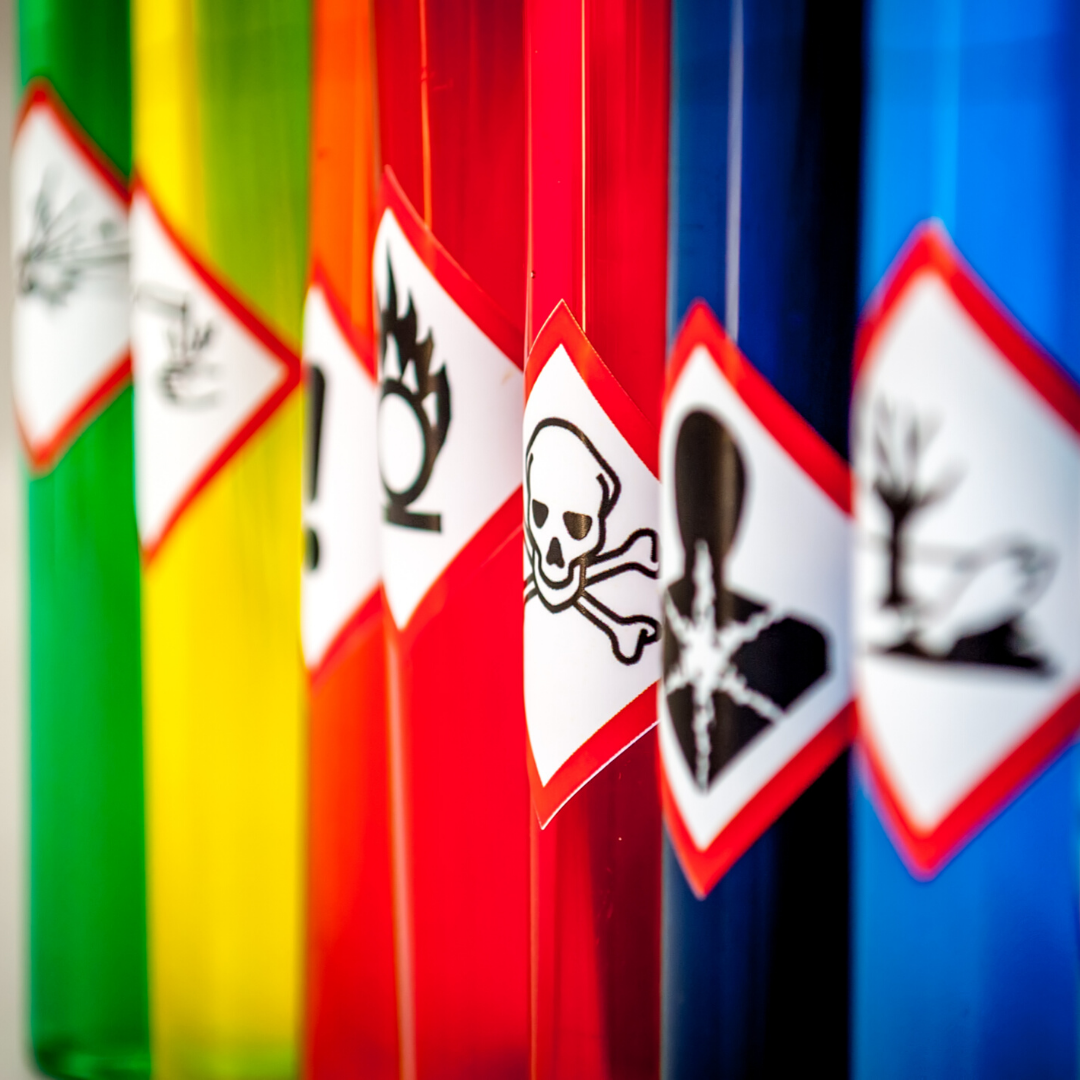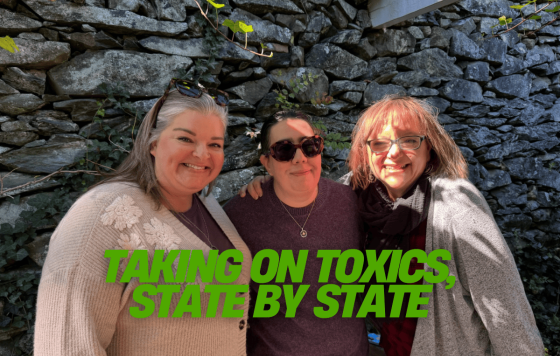
Connecticut’s legislative session is in full swing and we’re working hard on two important bills to reduce PFAS contamination.
PFAS chemicals, a class of approximately 9000 chemical variations, contain at least one fluorine-carbon bond. These bonds are the strongest chemical bonds known to man. PFAS chemicals have been widely used for decades in numerous products and industrial applications, despite research that showed significant harm to human health, wildlife and the environment. They are used in firefighting foam, packaging including food containers and wrappers, textiles, water resistant clothing, cookware and personal care products to name a few.
When products containing PFAS are used or discarded, they expose humans, wildlife and fish. They get into the environment and do not break down. They are taken up by plants. Known as ‘forever chemicals’ they end up in soil, air and water sources-often found miles away from the original site of contamination. According to the U.S. Environmental Protection Agency (EPA), PFAS are not fully destroyed during incineration1, they leach out of landfills and remain in the environment for perhaps thousands of years. They are strongly linked to testicular and kidney cancers, liver disease, thyroid disruption, reproductive disorders, ulcerative colitis and impaired immune function.
As Connecticut continues to monitor for PFAS in water sources and other at-risk sites, it is likely we’ll find more of it, as has happened in every other state. Because these are forever chemicals, we must do all we can to avoid future contamination by “turning off the tap” on these toxic chemicals—restricting their use in products that increase exposure and pollute the environment.
We’re taking action with two important bills. Senate bill 837 requires the state to implement a ban on using the firefighting foam for training, establishing a take-back program of the toxic foam and should pass a full ban of PFAS containing foam by 2022, unless where required by federal law. Connecticut’s Department of Energy and Environmental Protection has already started work on this but passage of this bill assures all components are implemented.
Senate bill 926 restricts the distribution and sale of packaging that contains PFAS. Packaging is often single-use and ends up in incinerators or landfills-further contaminating the environment. Studies show that PFAS in food packaging leaches out into the food that we ingest. Many states, including Washington, Maine and New York have passed similar laws and others, like Rhode Island, are expected to do so this year. Many manufacturers are switching to PFAS free products recognizing consumer demands and wanting to be leaders in sustainable options. In fact, McDonald’s, the largest global fast-food restaurant, committed to stop using PFAS packaging by 2025.
According to the American Sustainable Business Council “[m]any businesses have already taken the lead to adopt alternatives to PFAS, per- and poly-fluoroalkyl substances used to greaseproof, stainproof or waterproof consumer products, including cookware, apparel, furniture, carpeting and food packaging. Listening to the demands of consumers and governments, these manufacturers and retailers have found, over the past five years, that making and selling products without harmful chemicals is both safer and profitable.” The General Assembly should prioritize and pass this proposal this year. Banning packaging containing PFAS is a common-sense step that helps turn off the tap of these toxic chemicals, protects public health, significantly limits a major source of environmental contamination, supports sustainable composting, addresses increasing consumer demand and is good for business.
Follow us on Facebook and click here to contact your legislators and help us get both bills over the finish line!
_____________________________
1 U.S. Environmental Protection Agency (2020, Dec.) Interim Guidance on the Destruction and Disposal of Perfluoroalkyl and Polyfluoroalkyl Substances and Materials Containing Perfluoroalkyl and Polyfluoroalkyl Substances.


